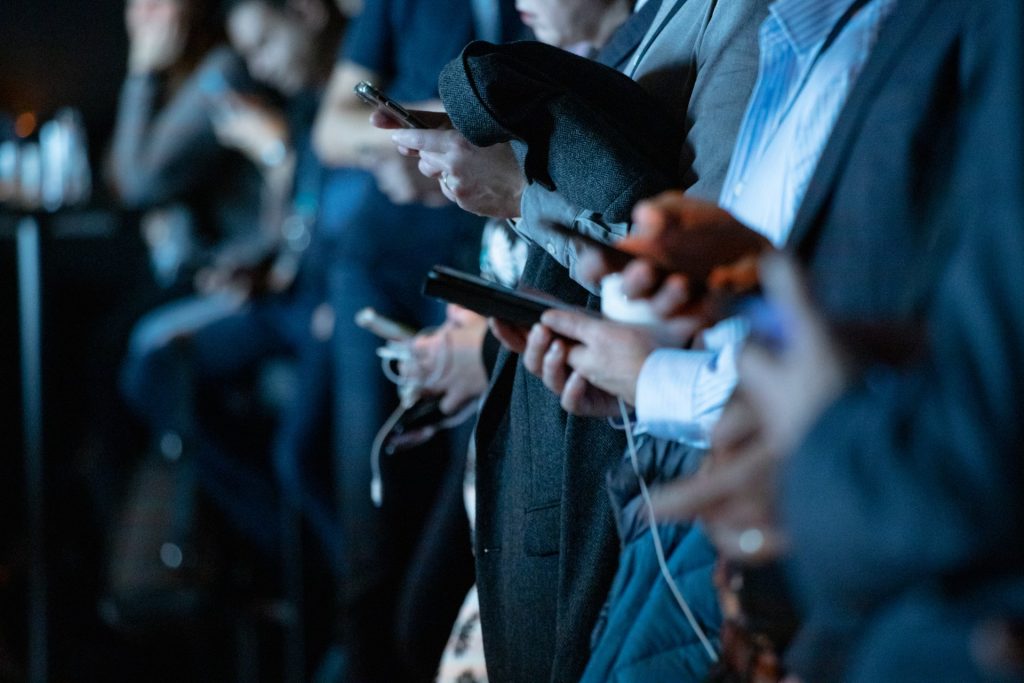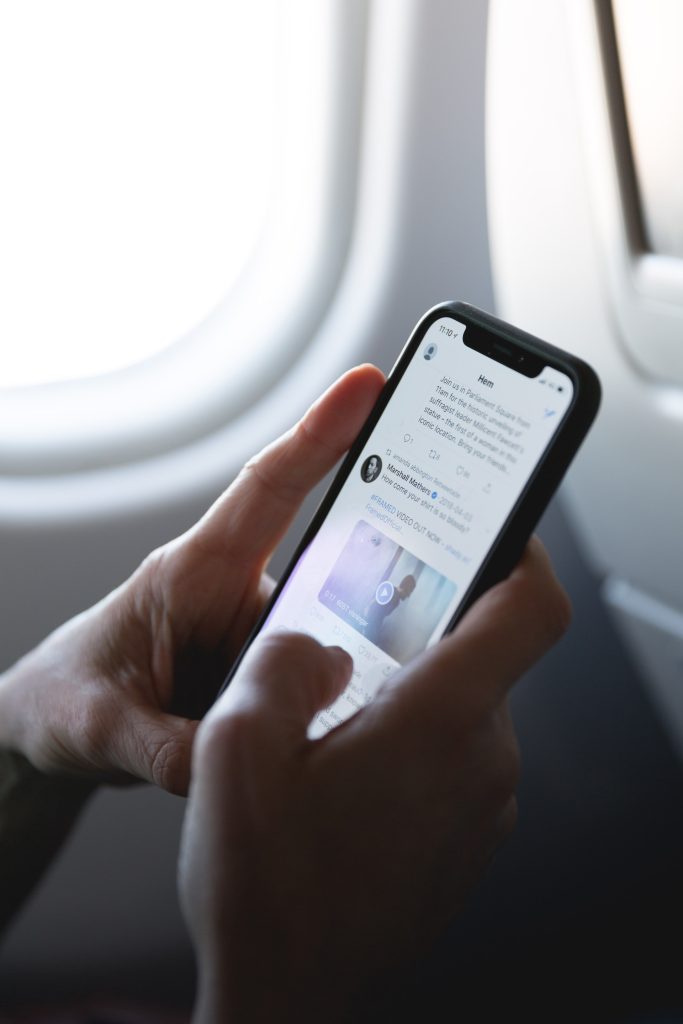Half of people now get their news from social media.
Gone are the days of nipping to the shop to get a newspaper in the morning. Instead, we reach for our phones and start scrolling.
If you choose to ignore the shift in media consumption, you could be missing out on a huge opportunity. In fact, 76% of journalists think about their story’s social media sharing ability, which means incorporating platforms like Facebook, Twitter, Instagram, and LinkedIn into your PR strategy is crucial.
It’s no longer enough to spread the news via traditional outlets now that conversations are increasingly happening on social media.
Here’s a handy guide to help you weave social media into your PR strategy for a wider reach and more brand awareness.
How to use social media in PR

1. Establish and nurture media relationships
Social media is inherently social (the name says it all). It’s a place to connect and network, which means it’s the perfect place to start building relationships with journalists, media outlets, and influencers.
Think about the sheer volume of press releases journalists and publications get every day (clue: it’s a lot).
If you’re not working to establish a relationship with the people you want to get the attention of, your press releases will often end up in the slush pile.
When you interact with journalists and outlets on social media, you take your relationship beyond a faceless press release pitch. This increases the chances of media coverage in the long run.
Don’t just use social media as an alternative to an email inbox, though. Instead, consider what you’re sharing and how you’re interacting with the people that matter.
This might include:
- Sharing relevant information
- Providing consistent value
- Extending the conversation
- Opening up discussions
- Engaging with content that journalists and outlets have posted
2. Leverage influencer marketing
Influencers are now one of the most popular marketing platforms on the internet. With pre-built, loyal audiences, they’re the perfect people to rep your products to expand your reach and build brand awareness.
Companies with products can send out free samples in exchange for an honest review, or you can create an ambassador campaign by identifying a handful of highly relevant industry influencers.
The key to successful influencer marketing in the realm of PR is to keep things honest, transparent, and consistent. Make sure the influencers you reach out to are a good fit: do they have the right audience? What are their brand values and do they match your own? What kind of content do they post and does it relate to your product?
GHD Hair has partnered up with influencer Zoe Sugg to promote their latest products. Doing so has allowed them to reach Zoe’s audience of millions who are likely to be good-fit customers.
You don’t have to partner with mega-influencers (that is, people with hundreds of thousands of followers).
Instead, you can opt to work with what’s known as micro-influencers, or social media users that have a small but focused following. Kerry of Petite Edition has just over 2,000 followers but still regularly partners up with relevant brands to promote their products.
3. Make your press releases shareable
Sometimes people need a nudge in the right direction. Make your press releases interactive and shareable by adding social sharing buttons to them. This makes it quick and easy for journalists, influencers, and outlets to share your news with their own social followings.
You can also embed social media links into your press releases to highlight quotes from your CEO or impressive results you’ve achieved. Cadbury has included prominent social sharing links alongside the press release for its latest chocolate bar.
4. Get hashtag happy
Hashtags are one of the easiest ways for social media users to find new content and browse posts about a certain topic. They can also be a great strategic tool for PR objectives.
There are multiple ways you can use hashtags to enhance your PR strategy, including:
- Creating a designated hashtag for your latest campaign
- Getting involved in an existing and relevant hashtag
- Encouraging followers to share content using a designated hashtags
But that’s not all. PR teams can use hashtags to monitor conversations around their products and campaigns, understand how the campaign is performing, engage in conversations, and make sure content is easily searchable.
The best hashtags are relevant, appropriate, and memorable while contributing to the overall brand message.
One of the biggest PR hashtag campaigns of all time was Coke’s #ShareACoke campaign that encouraged social media users to share photos of their coke and tag a friend they wanted to share it with.
5. Get involved in conversations
Social media was built for conversations, and getting involved in discussions in your industry is one of the quickest and easiest ways you can raise brand awareness.
Consider responding to customer queries (a must-do, since most people expect a brand to respond in less than 24 hours), answering relevant posts, and starting discussions around trending topics.
Innocent Smoothies are pros at audience engagement. They consistently respond to their customers in a fun and humorous way (which is very on-brand for them).
Big-name brands like Burger King, Tesco, and Aldi are also great at getting involved in pre-existing conversations to boost brand awareness, share their message, and engage with customers.
6. Build a strategy for each platform
Not all social media platforms are equal. The demographics on each vary wildly, and it’s important that you’re sharing the right information with the right people at the right time.
- For this reason, it’s crucial that you create a strategy for each platform that details:
- What format you’ll share your content in
- What time you’ll share your content
- How you will interact and engage with people on that platform
For example, you might share short videos on Facebook twice a week, but create illustrations for Twitter that you share every day.
On top of that, you might use Twitter as a place to connect and network with journalists and outlets, while Facebook is reserved for engaging with your customers.
You also don’t need to be everywhere at once.
Pick your platforms wisely based on where your audience is hanging out and their preferred way to consume content.
7. Stay consistent
The most important thing you can do for your PR strategy is to remain consistent in your efforts across all your chosen social media platforms. If you plan to publish a video a week on Facebook, make sure you stick to that. In addition, if you’re in the midst of a campaign, don’t just disappear. Hang around to answer questions, get involved in the discussion, and keep the engagement going.

Social media in PR: get it right
The prominence of social media makes it a crucial part of any PR strategy today. Not only can it help you spread your brand message, but it can reach a wider audience who are already hanging out on platforms like Facebook, Twitter, LinkedIn, and Instagram.
Use the tips above to start incorporating social into your strategy and remember to stay consistent in your efforts.
